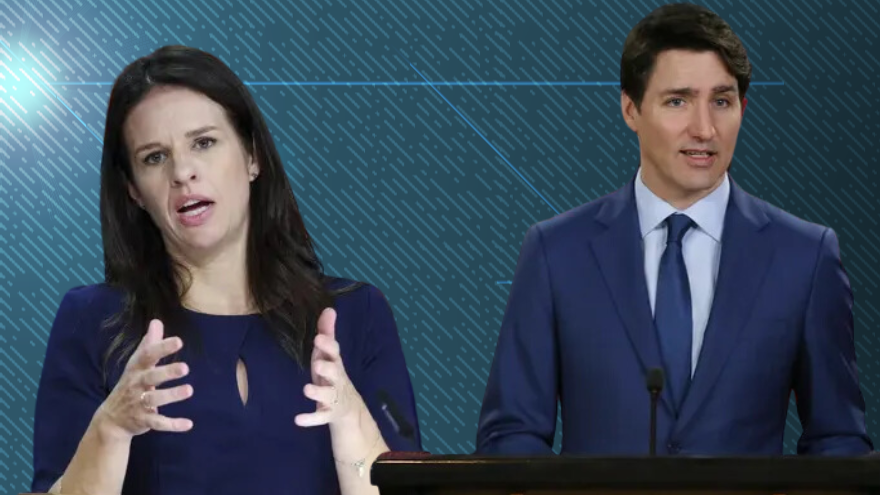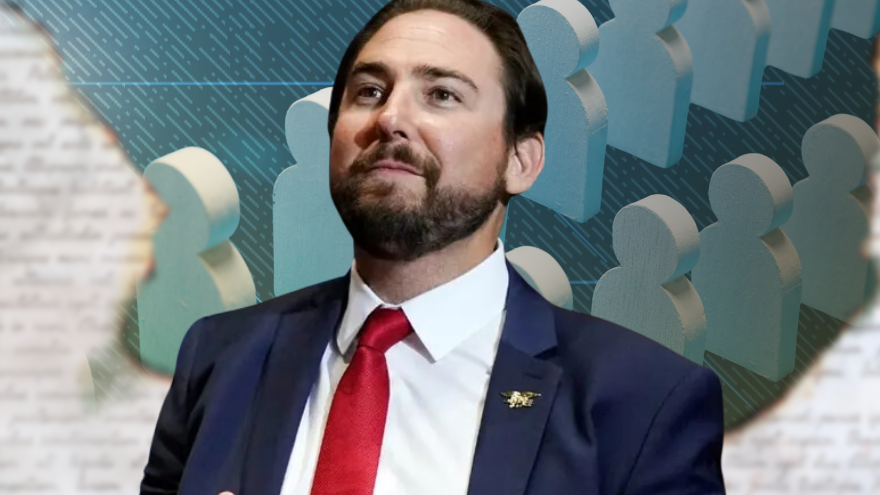Officials from Canada and New Zealand are expressing concern about the impact of immigration.
Canadian Prime Minister Justin Trudeau and New Zealand immigration minister Erica Stanford both made public remarks suggesting their countries had reached their limit on the number of migrants they could accept.
New Zealand plans to change its accredited employer-worker visa program after skyrocketing rates of legal immigration.
Approximately 173,000 non-citizens have arrived in the country during 2023 – an annual net migration record.
The program is the nation’s main temporary work visa program and was introduced in 2022 in the wake of pandemic employee shortages. Applicants seeking low-skilled jobs will now be required to speak English and the minimum stay will be reduced from five years to three years. The government will also establish a minimum skills requirement and work experience for most employer work visas.
The changes went into immediate effect.
"We really had a big switch to low-skilled migrants. And that's not going to improve our productivity, our economy, our GDP — we need to have that switch back," said Stanford, per NewsTalkZB.
“The government is focused on attracting and retaining the highly skilled migrants such as secondary teachers, where there is a skill shortage,” Stanford said in a statement on April 7, per The Guardian. “At the same time we need to ensure that New Zealanders are put to the front of the line for jobs where there are no skills shortages.”
New Zealand has a population of just over 5 million people. Financial professionals predicted in 2023 that absorbing the proportionally large influx of new residents put a strain on the nation’s resources, including driving up the demand for housing.
“We are talking very, very big numbers for a small economy like ours,” said Jarrod Kerr, chief economist at Kiwibank, told AP News last year.
While speaking in Dartmouth, Nova Scotia, Trudeau also voiced concern about the impact of temporary workers on Canada. The rate of temporary workers admitted to the country has tripled in the last seven years.
“Whether it's temporary foreign workers or whether it's international students in particular, that have grown at a rate far beyond what Canada has been able to absorb,” said Trudeau on April 5, per The Daily Mail. “To give an example, in 2017, two percent of Canada's population was made up of temporary immigrants. Now we're at 7.5 percent of our population comprised of temporary immigrants. That's something we need to get back under control.”
Trudeau’s remarks came days after a Canadian federal agency warned of population trends that show the nation’s relationship with temporary immigration.
“Since the end of 2020, demographic trends in Canada have shifted significantly. The fertility rate reached a record low of 1.33 children per woman in 2022,” noted Statistics Canada on March 27. “Millennials now outnumber baby boomers in Canada and the labour market has changed, with some sectors experiencing shortages.”
“In 2023, 471,771 permanent immigrants made Canada their home, which was within the target range of Immigration, Refugees and Citizenship Canada (IRCC). Permanent immigration was up compared with one year earlier in every province and territory except Nova Scotia and Quebec,” the report continued. “A further 804,901 non-permanent residents (NPRs) were added to Canada's population in 2023. This was the second straight year that temporary immigration drove population growth and the third year in a row with a net increase of NPRs.”
Trudeau has attributed the collapse of wages to the “massive spike” in immigration.

